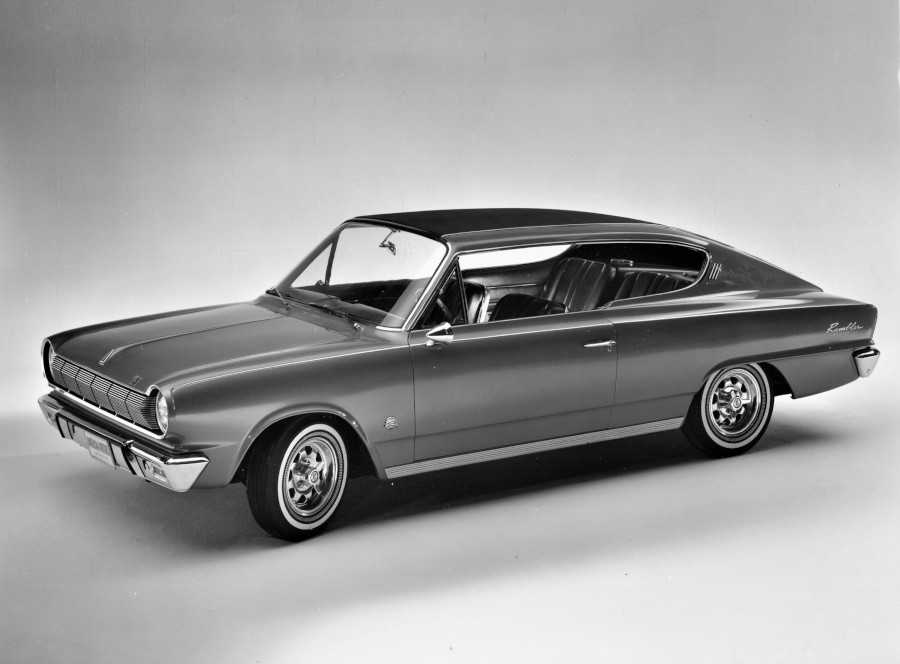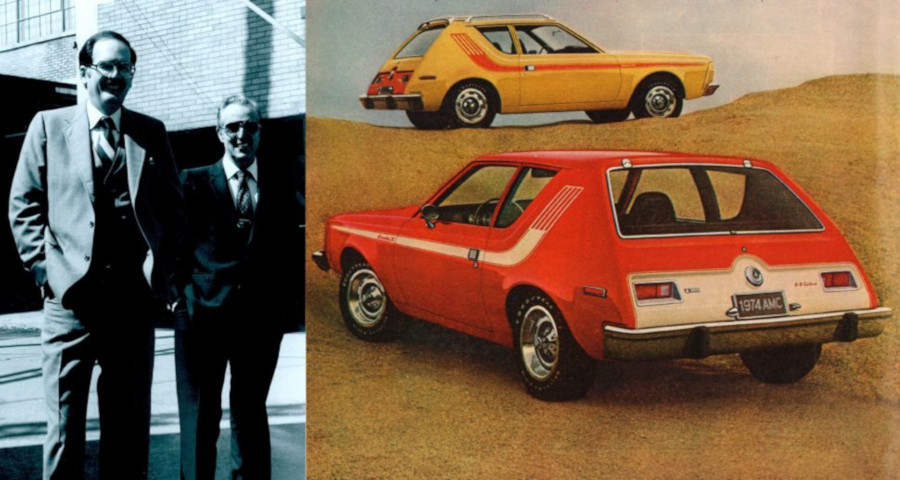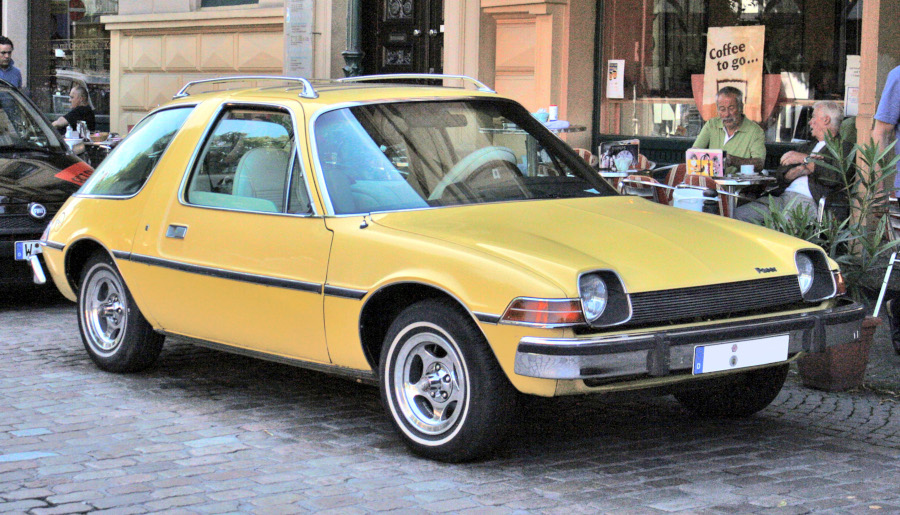By Robert Tate, Automotive Historian & Researcher
Images Courtesy of the Chrysler Archives
Publsihed 5.4.2022

One of the most influential individuals in the automotive industry during the 1960s and 1970s was Bob Nixon. He was responsible for many popular and iconic automobile designs.
Before making his mark at American Motors, Nixon started at Chrysler Corporation as a great technical illustrator, which he really enjoyed. He moved to American Motors in 1959, where he began implementing new automotive design ideas. Nixon was very much influenced by Elwood Engel, who designed the popular 1963 Chrysler Turbine car.
 1964 AMC Rambler 440H model (Chrysler Archives)
1964 AMC Rambler 440H model (Chrysler Archives)
At American Motors, Nixon was responsible for the popular 1964 Rambler American front-end design, which was well-liked by the US consumer. The 1964 Rambler American models were referred to as the glamor cars of the American Motors nameplate. A convertible 440 series was one of the most popular AMC models among consumers that year.
 1964 AMC Rambler Tarpon Show Car (Chrysler Archives)
1964 AMC Rambler Tarpon Show Car (Chrysler Archives)
During the 1960s, Nixon was named the head of AMC’s small car studio. Some automotive historians reported that Nixon’s designs helped increase the company’s sales significantly.
 AMX 3 Show Car with Bob Nixon (Chrysler Archives)
AMX 3 Show Car with Bob Nixon (Chrysler Archives)
In 1968, it was reported that he was the designer of the great looking AMX/K-AMX/3 show cars, which were admired by many automotive enthusiasts. Nixon also collaborated with another great AMC designer of the era, Richard Teague.
Nixon was also involved with an AMC show car called the Tarpon, which could have been manufactured as a competitive response to the popular Ford Mustang introduced for the 1965 model year. However, AMC at the time decided to introduce the Marlin, which turned out to be a sales flop.
 The first production 1970 AMC Gremlin model (Chrysler Archives)
The first production 1970 AMC Gremlin model (Chrysler Archives)
Nixon’s next project was a new design idea called the Gremlin. He also credited AMC colleagues Vince Gercci and Dick Jones with help creating the popular Gremlin designs. The Gremlin was a subcompact model introduced in 1970, using a shortened Hornet platform. A total of 671,475 units of the Gremlin were made between 1970 and 1978, despite some American car buyers thinking that it was one of the ugliest designed cars of the era.
 Bob Nixon and Richard Teague with the 1974 Gremlin models (Chrysler Archives)
Bob Nixon and Richard Teague with the 1974 Gremlin models (Chrysler Archives)
After the Gremlin project wrapped, Nixon went on to oversee the design proposals for new versions of the Matador coupe, along with the Pacer and Concord models.
The AMC Pacer took America by storm when it was introduced on February 28, 1975. I remember when I first saw it as a student in high school. I thought it was an unusual and different design. All of my fellow students were talking about this uncommon automobile.
 AMC Pacer advertising photo (Chrysler Archives)
AMC Pacer advertising photo (Chrysler Archives)
During the development of the Pacer, Teague was vice president of styling and Nixon was director of exterior design at AMC. Nixon once noted that “the Pacer was not a corporate priority. The initial hatchback body style cost $60 million dollars to develop for a strapped company” at the time. Some automotive historians have said that the Pacer design was one of the most expensive redesigns of the 1970s. This Pacer design featured an all-new body, chassis and included technology new at that time to AMC, such as a rack-and pinion steering and a front subframe.
In conclusion, when AMC formed a partnership with Renault in 1979, the Jeep platform became its primary concern. Nixon remained as part of the design team that developed the Jeep ZJ Grand Cherokee model. His design work continued through Chrysler’s purchase of AMC in 1987.
In 1992, Nixon retired from the design community and died in February 2022 at the age of 86. His designs will always be remembered as part of our automotive history.
Bibliography
Strohl, Daniel. “AMC Designer who penned the Gremlin and Pacer Dies at 86.” Hemmings Daily, February 14, 2019.
Phillips, David. “AMC’s Pacer, one of Detroit’s more polarizing designs debuts in 1975.” Automotive News, March 2, 2021.
Strohl, Daniel. “From A to X -- all the different cars that could have, and did become the AMX.” Hemmings Daily, June 23, 2015.



